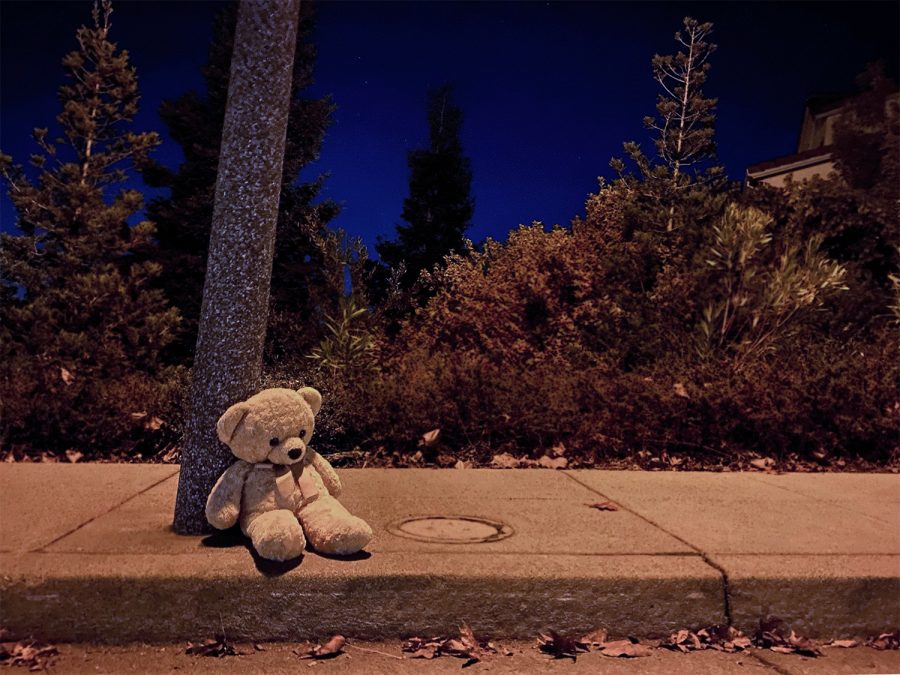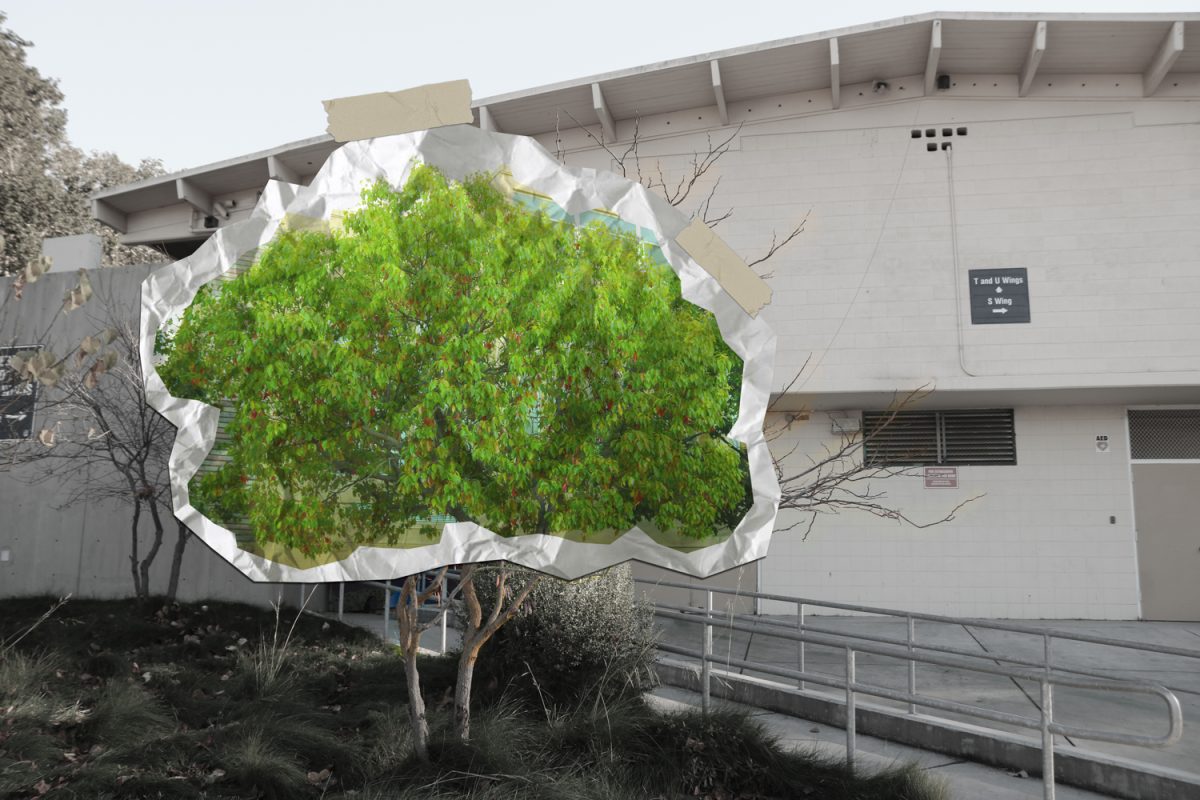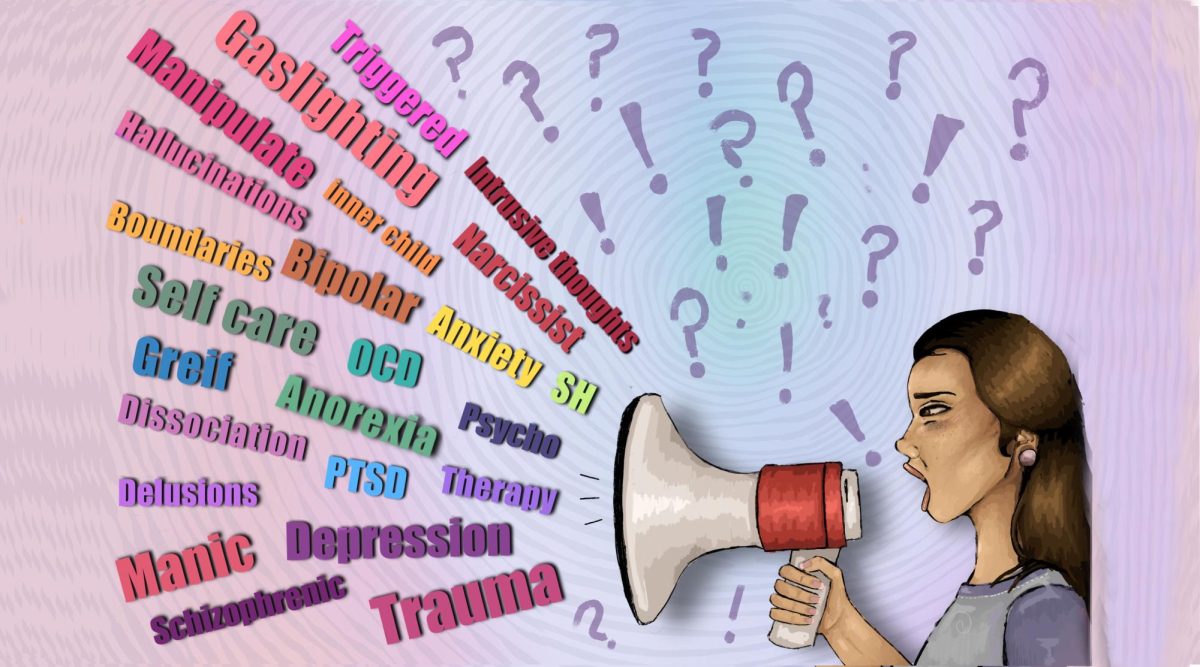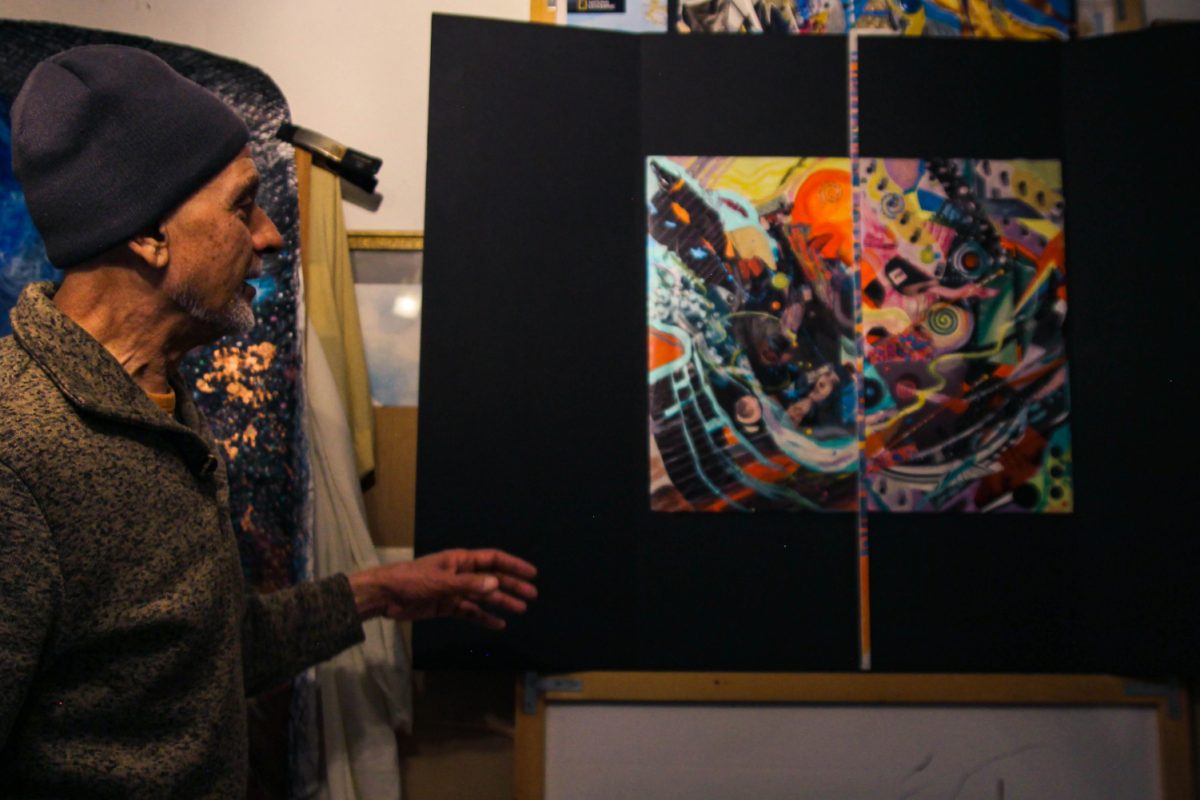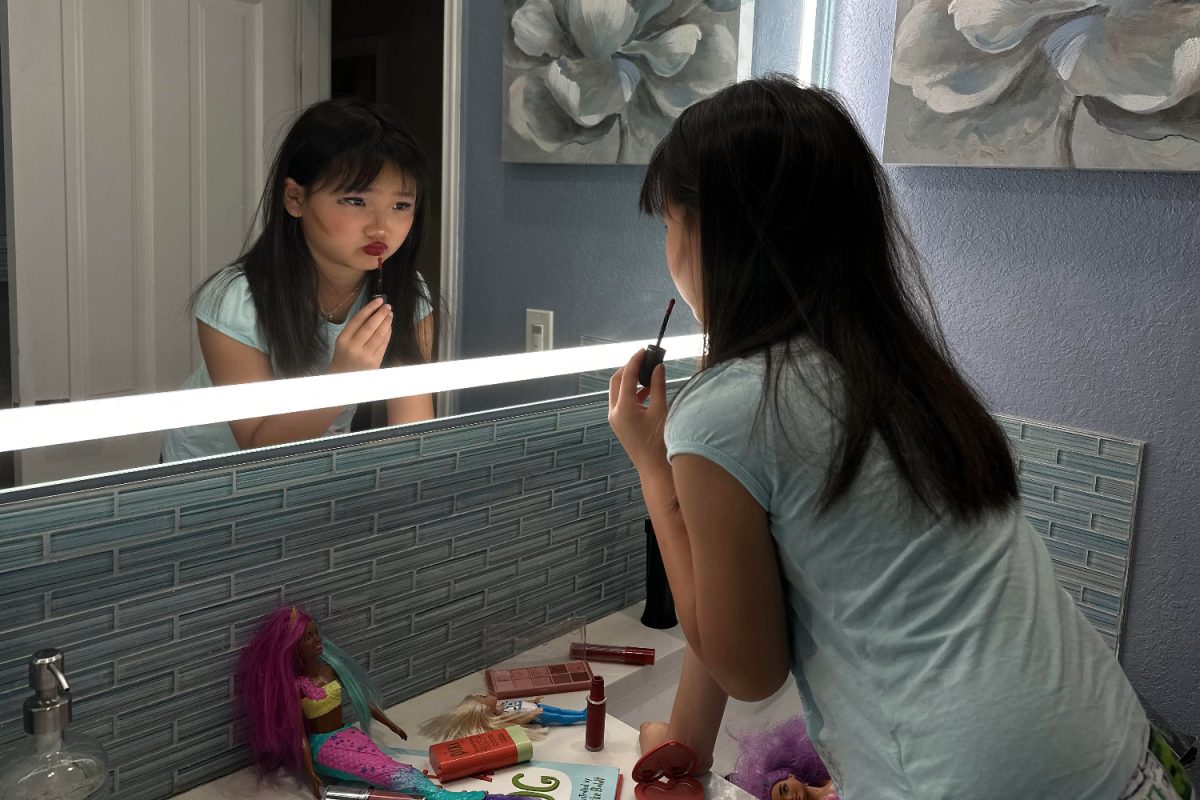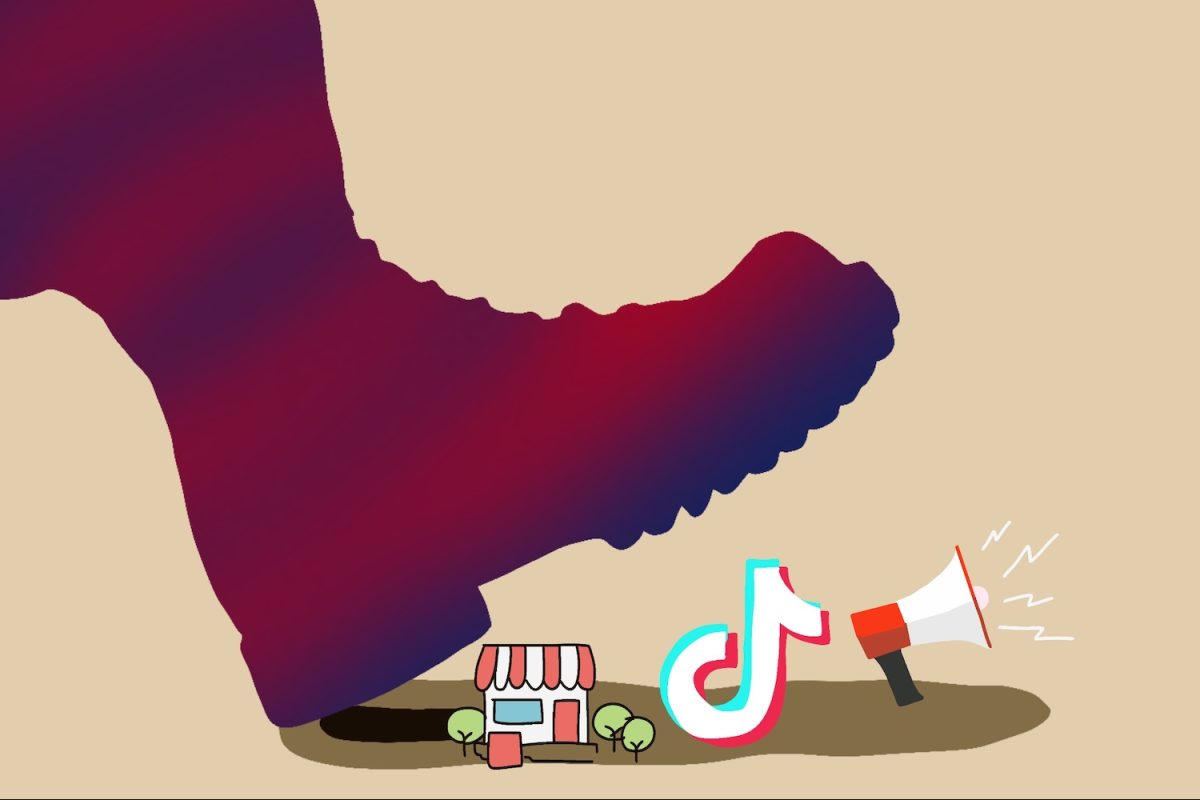The sparkle in a toddler’s eyes that people can see when they touch the warm softness of a chocolate chip cookie. Feeling the cold kiss of the first winter snowflake. The wet licks of a loving pet. The snug hug of mom and dad while being tucked into the security of the bed covers. Through a child’s eyes, the world is a big, bright fairyland filled with wonder. The years ahead hold possibilities, dreams, and joy. There is a life filled with excitement in the future.
The world’s vibrance fades away to all but a faint memory with time.
As one advances through life, realities and expectations weigh on one’s shoulders. Individuals shut down possibilities under the weight of numerous norms and social implications on how life should be. When they reach high school, a discrepancy often occurs between the perceived norm and personal interests.
When asked to describe their ideal life, there are few that image their current situation. High school students are in an especially turbulent period, seeing the world with a growing perspective and learning to be independent. Through comparing their various interests to the real lives of adults around them, one thing becomes clear. Dreams do not come true easily.
One result of the conflict between ideals and wants is fear of the consequences of making the wrong choice.
Such fear encompasses many different aspects, from the fear of change, failure, and unhappiness to social anxiety. Working with many high school students, Julia Smith, a counselor at Carlmont High School (CHS), has contacted many of these concerns.

“When we’re younger, we’re exploring the world. We’re learning new words and colors, everything from the ground up. And we just trust our parents to take care of us. But as we get older, if we don’t expose ourselves to continually try new things and being uncomfortable, we get out of this habit of doing it, and that’s when this fear factor comes in,” Smith said.
Fear of change is a human trait — to be concerned for a turn for the worse is a fact of life. The problem only arises when it becomes a paralyzing factor preventing forward growth.
Most students face this as they reach adolescence, as after exiting the domain of required education, they gain free reign over their choices. The standards that set their roots in most countries are finishing high school, pursuing higher education, getting a job, and growing a family. Most follow the track, but not all make the same choices.
One of Carlmont’s former alumni is in the process of self-discovery post-graduation. Jacey Kelly of the class of 2021 decided to veer off of the typical high-school-to-college track. While many students go off to college without a clear cause, she has chosen to take a gap year.
“I chose to take a gap year after high school – I’ve always been set on taking one. It was because I knew I didn’t want to commit to a path that I wasn’t ready for, such as college. I didn’t want to tie myself down to a major or to something I didn’t know if I was passionate about or not. I wanted to understand my interests,” Kelly said.
Unlike Kelly, Georgetown University student Samantha Wong chose to pursue higher education immediately after high school. In a different situation, Wong has also been mapping out what her future should look like.
“The problem that I faced was actually quite the opposite [from my peers]. I have so many things I want to try, different majors and clubs that I am unsure where to go. I’ve been going back and forth and trying new things and not really sure what I’ve been doing. But then I decided, once you try those things, and you don’t like it, look at it from the perspective that you’re still learning something anyways,” Wong said.
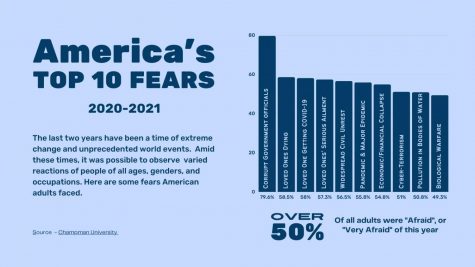
It is often perceived that change is negative. Technological advancement has acknowledged education’s necessity but negatively resulted from a narrowed vision of success. This reflects a mindset of prioritizing success over happiness and believing that it cannot be achieved simultaneously.
Sophomore Lura Stoffer is an immigrant from the UK. Moving to a new continent at 12 years old, she was placed in a situation out of her control. Recounting her experiences, she reflects on her development.
“I knew about it [my family moving] for a couple of months, and it was a very nerve-racking experience. Then when I moved here, I felt really, really out of place for a few weeks. I learned a lot about being able to adapt easily, and I think in the long term, the experience is really worthwhile,” Stoffer said.
Though such dramatic change is uncommon, students still face the same emotional state in the face of uncertainty. In a school setting, students are placed in controlled environments structured for growth, exposed to risk opportunities, and trained to function in high-pressure situations. According to a psychologist, educator, and founder of the informational website Hey Sigmund Karen Young’s article, adolescents during this time face the fear of change due to the natural process of growing into independent adulthood.
“They [students] make assumptions about what their teachers and peers are already going to say. And I always tell them, you never know until you find out,” Smith said. “I see there’s this idea of pain in students, centered around bad social interactions from middle school. In our minds, we blow up something small into this bigger thing.”
Instead of focusing on the idea that there is a problem, it is important to analyze and find a solution. People can see the most apparent answer to this question of a change in human experience and critical observation of behavior.
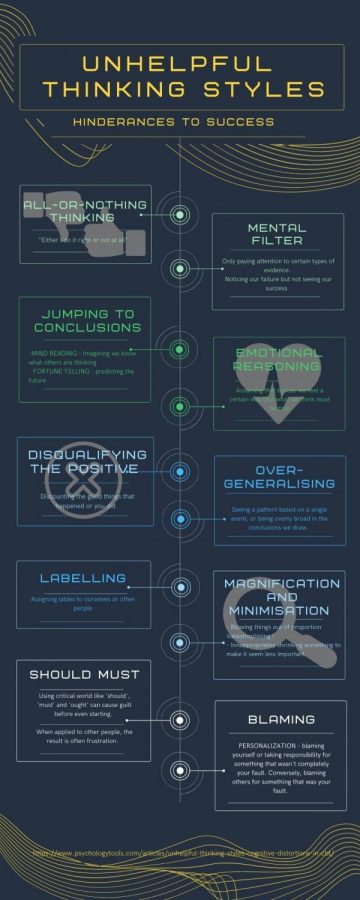
Smith characterized students who were resistant to fear as those with mental strength, positive thinking, and confidence, then utilized them to work with grit towards a clear goal. While not a simple task, many tools assist the process.
To form a good mindset, one must first recognize the bad mindset. The 10 Unhelpful Thinking Styles specified by renowned psychiatrist Dr. Aaron Beck categorizes the traps that prevent a good mindset. This is the beginning step of cognitive therapy, based on the concept that one’s thoughts have power over the individual’s emotions. The method establishes a base for users to pursue success by encouraging present thinking and future-focused problem-solving.
“The whole point is to break the unhelpful thinking style and then reframe your thoughts. If you think that you’re going to have this catastrophe in this situation, you need to break up that thought process and reflect on what is happening realistically,” Smith said.
When technology, artificial intelligence, and the digital world allow both greater distance and proximity between humans, it is critical for the younger generation to develop strong, creative mentalities.
“It sounds silly, but what is really the worst outcome that could happen? They say no. Okay, then you’re in the exact same spot you were already in before. You know, if you don’t put yourself out there, nobody will do it for you. You’re not going to gain anything in return,” Smith said.

